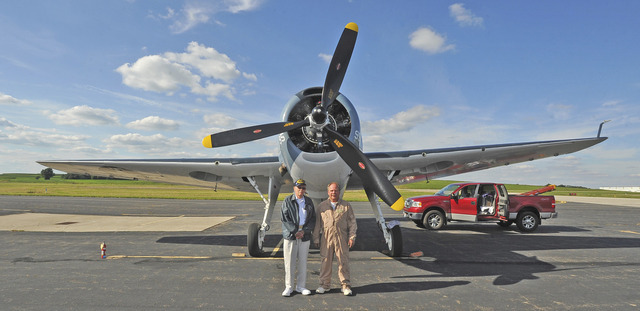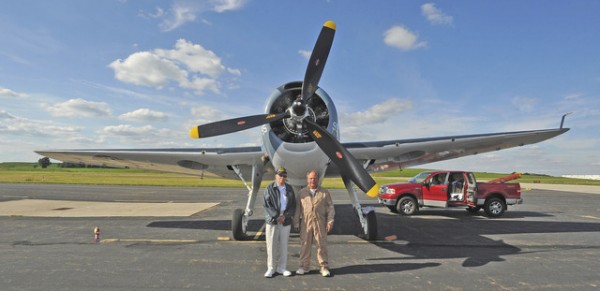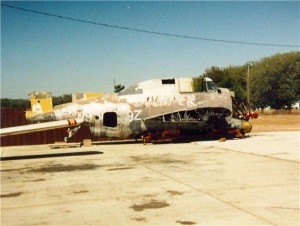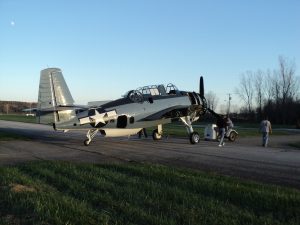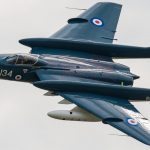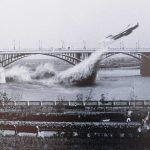It took 14 years of work, but the plane finally became flyable a few weeks ago. On Aug. 14, Charlie Cartledge took to the air with his plane for the first time, in Wadsworth. Cartledge and his team rebuilt the airplane in a hangar at the Wadsworth Municipal Airport,OH. In August, for the first time, Cartledge flew the torpedo bomber, landing at the Wayne County Airport.
TBM Avenger was in “a million pieces” at Tom Reilly’s Vintage Aircraft in Florida.When Cartledge purchased the “plane” in 1998, it had been worked on for 10 years at Reilly’s. At that point, the fuselage appeared to be rebuilt.
Cartledge’s bomber was built in New Jersey. The Navy accepted it in July 1945, shortly before the war ended. It was retrofitted to spray pesticides on farm fields and then passed through various hands before Cartledge bought it for $100,000.With help from friends, he had to retrieve parts for the Avenger from all over North America. The engine, for example, was purchased at an auction in Oregon and shipped to Oklahoma City for an overhaul before finally traveling to Ohio.
“Most of the sheet metal has been replaced, all the controls, all the instruments, all the panels, all the hydraulics, every single line, cable, bolt, fitting has been replaced,” Cartledge said. “It’s about as close to a new TBM aircraft as you will find.
Cartledge’s team researched in the area who might have flown a TBM. That was how they found out about Dell Vernon, 92, who was a gunner in a TBM for nearly all four years he served in the Navy with the Torpedo Squadron 20 (VT-20).Cartledge went to the National Naval Aviation Museum in Pensacola, Fla., looking for any pictures of planes that had the VT-20 markings. The restored plane closely matches those markings, down to the fonts used in the lettering. The plane is also numbered 95 because Vernon once flew in a TBM of the same number. The number is also painted within a triangle, which was the symbol of the USS Enterprise, the Navy’s first nuclear-powered carrier.
Here is an interview with Charlie Cartledge.







